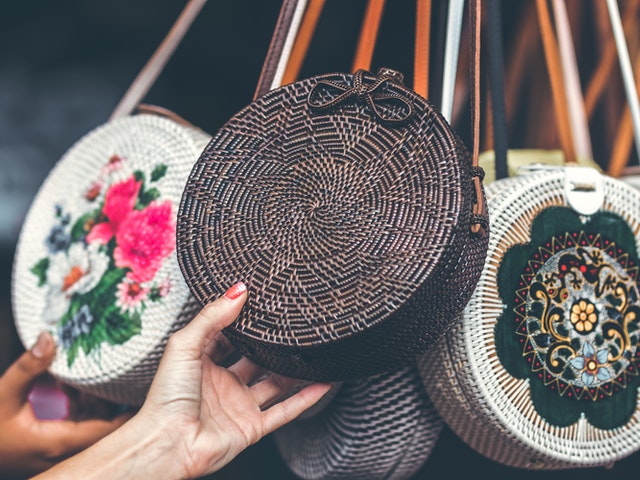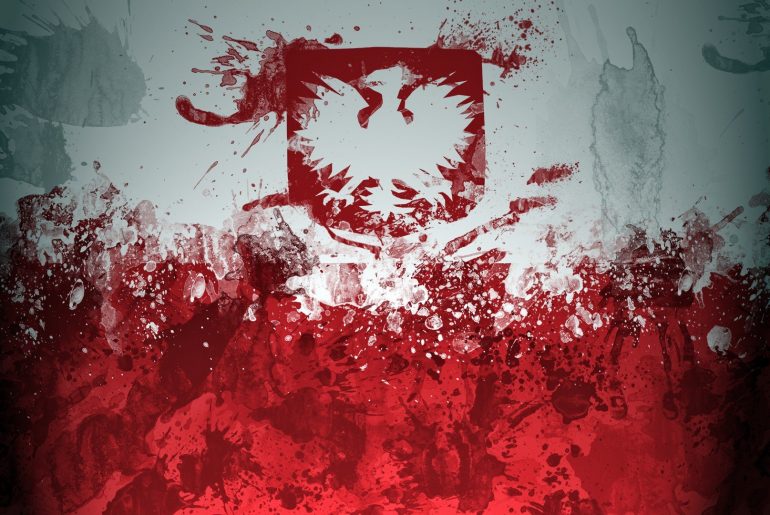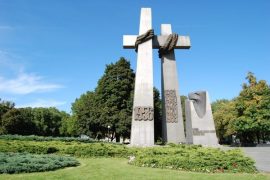The history of art in Poland goes way back but due to many invasions and Polish freedom struggle, a huge chunk is lost to history. But polish art has found its way to the hearts of many patriotic and non-patriotic audiences of the 19th, and 20th centuries. The art has managed to maintain its historical evidential touch with a modern view of trends and that becomes its unique character. It comprises many art forms like painting, structures, and handicrafts.

Jan Matejko most famously known as the national painter of Poland formed the Krakow school of history painting in Poland. He was a painter with only one-fourth of a Polish heritage but was a devout patriot and brought forth his patriotism through his exceptional art of painting. He developed portraits of monumental historical events and customs that took place all through polish history. And this is one of the many reasons why he is the national painter of Poland. He was born on the 24th of June 1838 and died at just 55 yrs of age in 1893. His period saw his remarkable art which is still found as a national heritage and is in the educational books of Poland’s history. His works include oil paintings such as Rejtan, The union,the astronomer Copernicus and the battle of Grunwald all of them depicting some of the political, historical, and scientific events of Poland. He also painted some of the polish monarchs in book form and murals in st. marys Basilica, Krakow.
Later during this period, Poland saw the works of Stanisław Witkiewicz who was an ardent supporter of Realism in Polish art. Also, the Mloda Polska popularly known as the Young Poland movement was the birth of modern polish art. It led to big formal experimentation led by Józef Mehoffer,Stanisław Wyspiański and Jacek Malczewski forming a group of Polish Impressionists.
During the 20th the artist represented Avant-Garde and represented various strata and schools of life. The art of Władysław Strzemiński and Henryk Stażewski was built on Constructivism while the art of Tadeusz Makowski was built on cubism. Cubism was inherently a form of art that projected a structure made from cubes but as it was a cube and in three dimensions, it Was open to numerous interpretations and hence was a form of abstract art. This century also saw a great number of contemporary artists. Some of them being Leon Tarasewicz, Mirosław Bałka, Katarzyna Kozyra Wilhelm Sasnal,etc.
At present day many galleries and museums of art are being built which is claiming not only national but international acclaim too. Some of the independent galleries are in War.




Comments are closed.